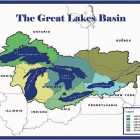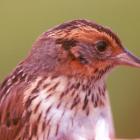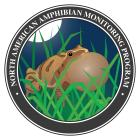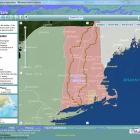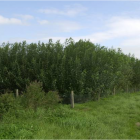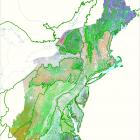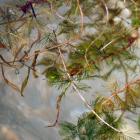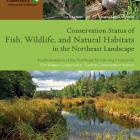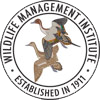We will employ the Ecological Limits of Hydrologic Alteration (ELOHA) framework in the Great Lakes drainage of New York and Pennsylvania to develop an objective, spatially explicit process for evaluating the ecological impacts of new withdrawals of water from the tributaries of Lakes Erie, Ontario, and the upper St. Lawrence River. This will provide the information necessary to develop and implement instream flow...
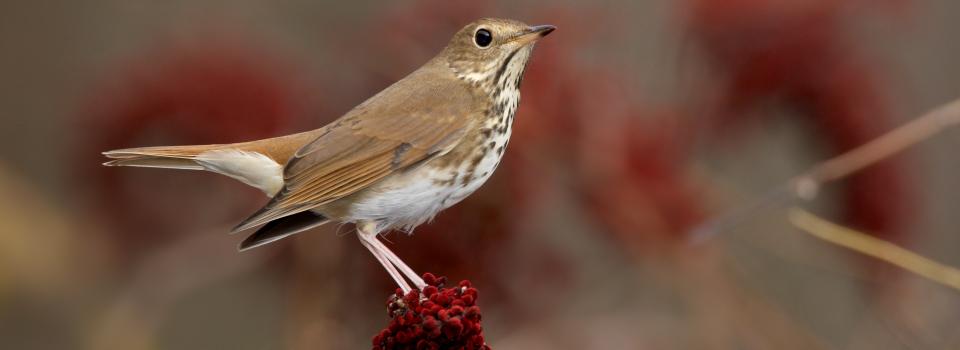
Hermit Thrush
Photo by: Robert Royse
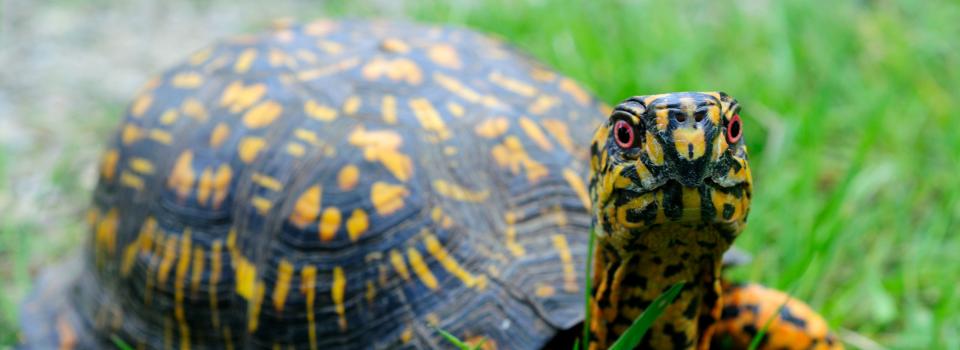
Box Turtle
Photo by: Jonathan Mays
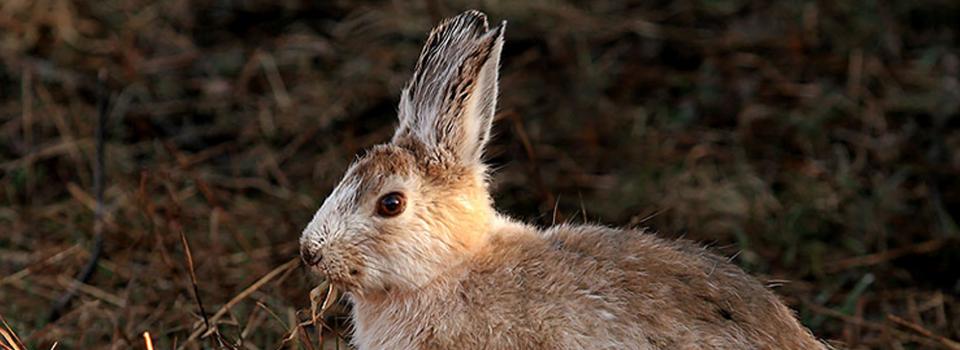
Snowshoe Hare
Photo by: Mike Hodgson

Timber Rattlesnake
Photo by: Kelly Wiley
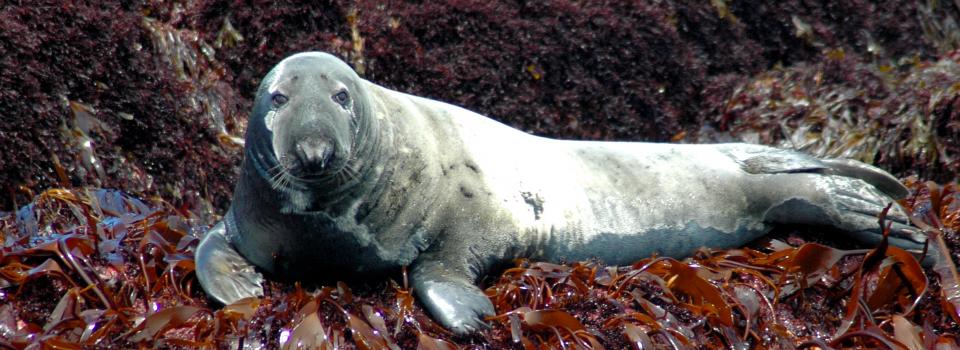
Gray Seal
Photo by: Jonathan Mays


